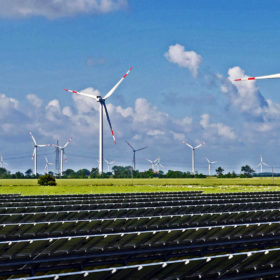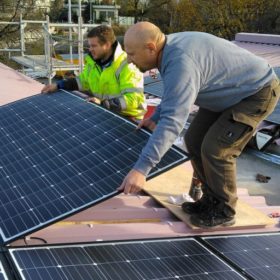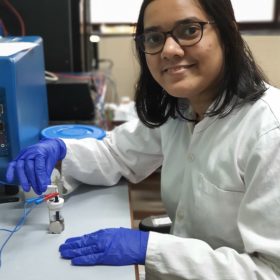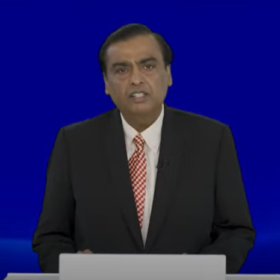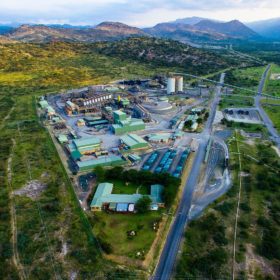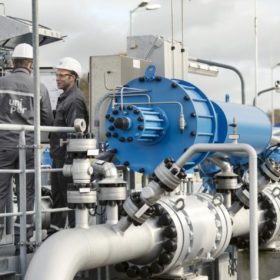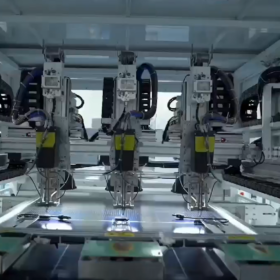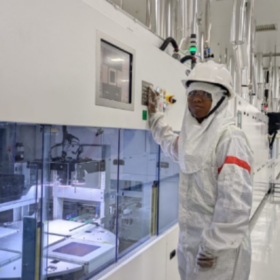Acme signs land pact for green hydrogen and ammonia plant in Oman
The Indian solar developer said the Oman facility would use 3 GWp of solar and 0.5 GWp of wind energy to produce 2,400 tons of green ammonia daily and approx. 0.9 million tons annually. Construction is planned in phases with an investment of $3.5 billion over the next three years.
Energy transition to create 60m solar jobs by 2050
The switch from fossil fuels and nuclear will bring a jobs dividend thanks to the greater labor-intensity of renewables plants, according to a paper published by Finland’s LUT. However, the jobs dividend is unlikely to be evenly spread around the world, with Europe set to be a big winner.
IIT Bombay researchers increase hydrogen yield three-fold using a 19% energy-efficient method
The researchers showed a premagnetized carbon-cobalt catalyst interface could deliver up to 650% enhancement in electrocatalytic kinetics of hydrogen evolution reaction. The synergistic interface was able to sustain magnetization, and thus rapid hydrogen evolution rate, for prolonged time periods.
Australian firm partners JSW Energy on green hydrogen projects in India
Australia-based Fortescue Future Industries has partnered with JSW Energy arm on green hydrogen production and application in India.
Tata Power to exit coal by 2050
The energy company says it will use hybrid-technology projects, round-the-clock renewables, battery storage, floating solar and green hydrogen as it attempts to wind down the 69% of its energy generation fleet based on thermal power.
NTPC doubles its 2032 renewable energy target to 60 GW
The coal-dominated power producer is shifting towards renewables as part of its commitment towards sustainable power generation and safeguarding the environment. It is also undertaking extensive study and experimentations in the areas of carbon capture and hydrogen.
Reliance Industries unveils $10-billion plan for solar and energy storage
The diversified business group will invest over INR 60,000 crore ((US$ 8.1 billion) over the next three years to build Giga factories for solar, energy storage, electrolyzers, and fuel cells, respectively, to create a fully integrated, end-to-end renewables energy ecosystem. Additional INR 15,000 crore (US$ 2 billion) is planned to create a value chain, partnerships, and future technologies.
Demand, policies, investment key to green hydrogen development
Ruchi Gupta is a research fellow at the University of Geneva’s Institute for Environmental Sciences. She focuses on how flexibility options, such as sector coupling with hydrogen production, can support renewable energy integration and decarbonize a wide range of sectors.
Green hydrogen supply chain concerns
With South Africa holding 63,000 of the world’s estimated 69,000 metric tons of platinum reserves – according to the Statista.com website – and Russia and Zimbabwe a further 5,100 between them, the European Commission has cited the metal as an example of a potential supply chain bottleneck that could handicap its grand plans for renewables-powered hydrogen production.
Reliance Industries and US-based Chart Industries to lead India hydrogen alliance
Global and Indian industry players have created an India hydrogen alliance committed to building a hydrogen economy and supply chain in India. NYSE-listed hydrogen solutions provider Chart Industries and India’s Reliance Industries will act as co-leads of the coalition that aims to help develop hydrogen production and storage, industrial and transport use-cases.
